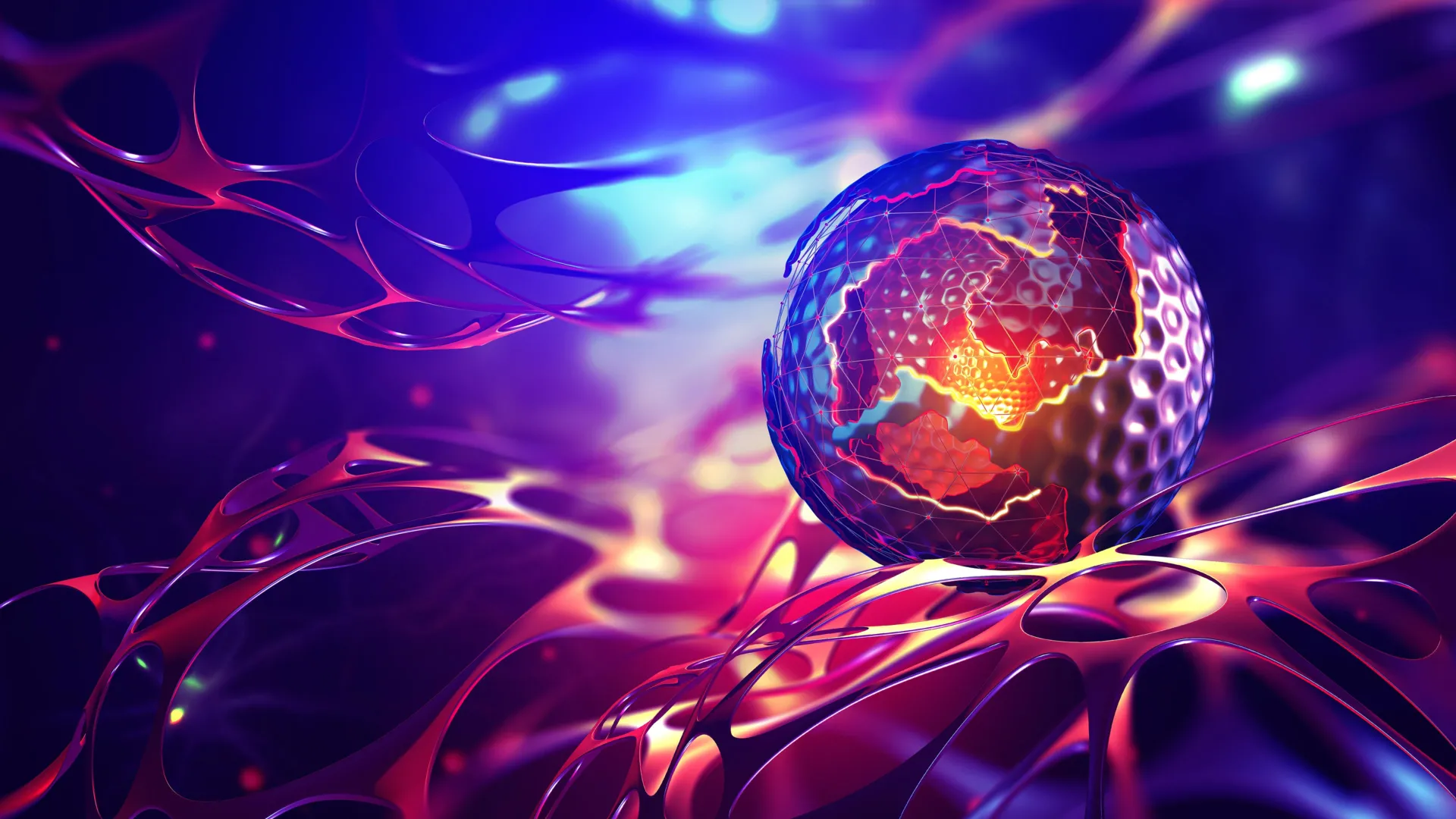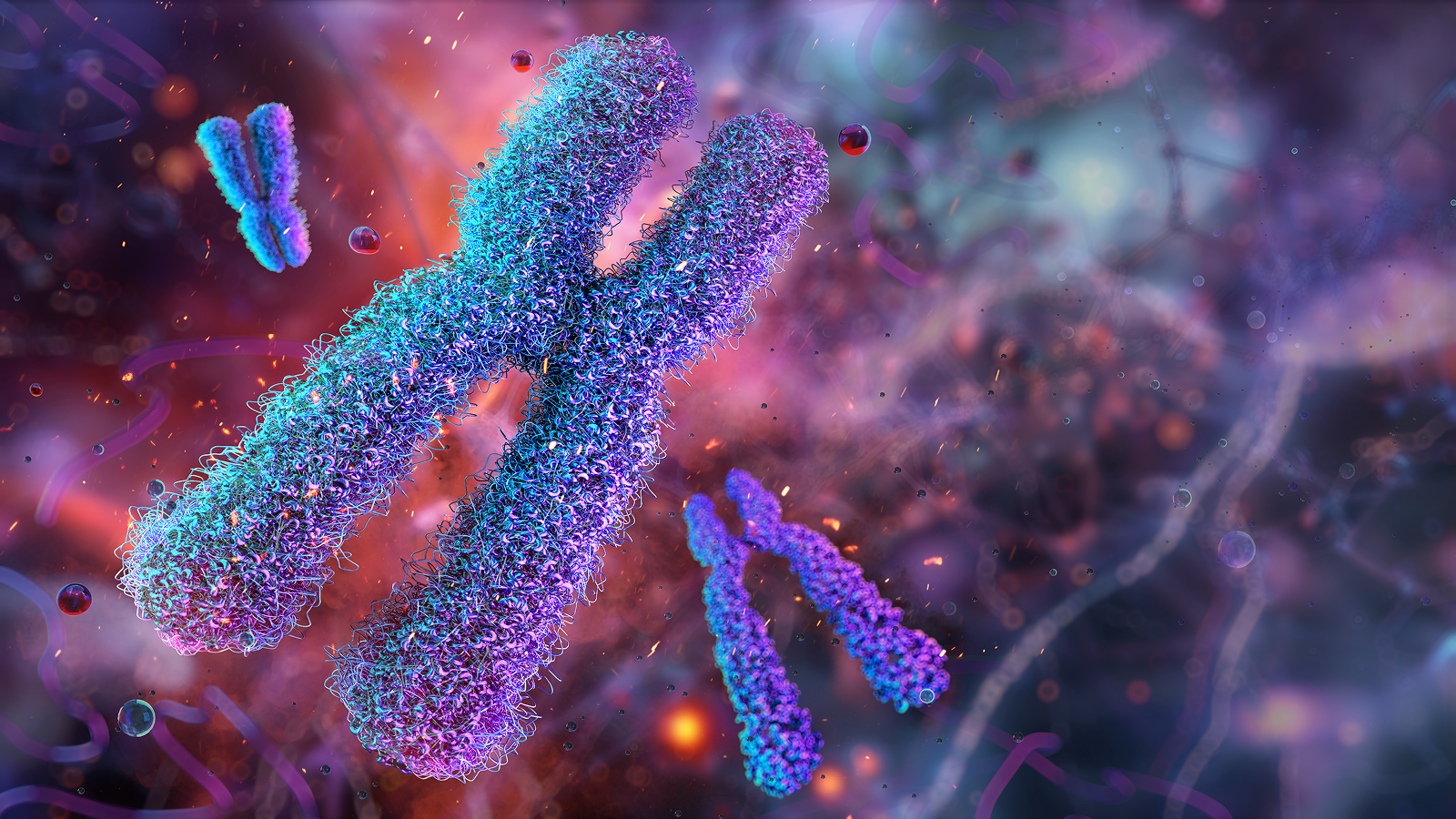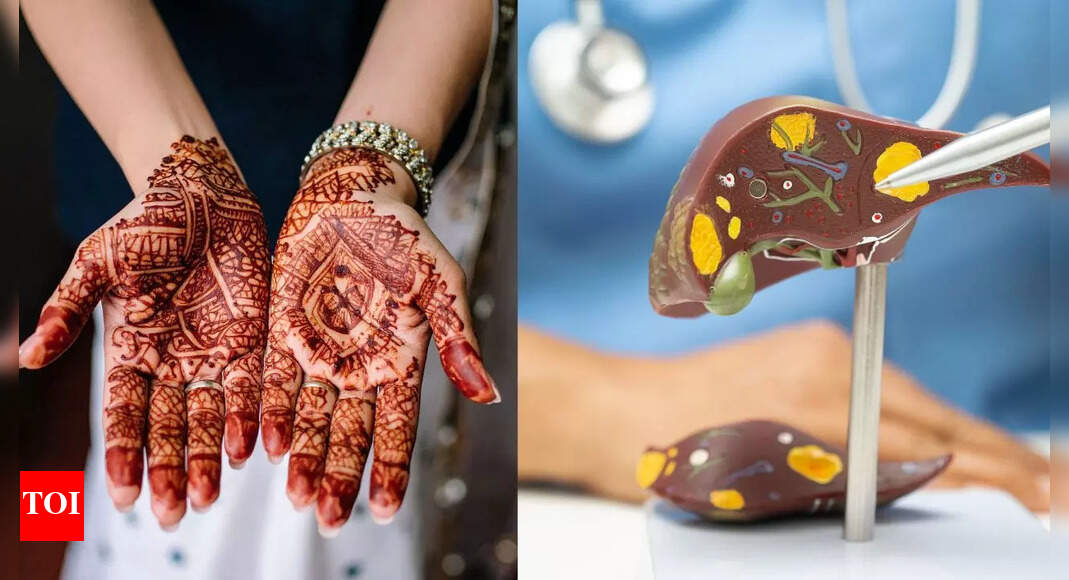For centuries, natural henna has been prized as a cosmetic dye used to colour skin, hair, and fabrics. Now, scientists have discovered that this traditional plant may hold remarkable healing potential. Researchers from Osaka Metropolitan University in Japan have found that compounds extracted from henna (Lawsonia inermis) could help treat liver fibrosis, a dangerous condition caused by the build-up of scar tissue in the liver. This scarring, often linked to alcohol abuse or fatty liver disease, can lead to liver failure or cancer if untreated. The discovery marks a major step toward developing a natural, plant-based therapy that may not only halt but possibly reverse liver damage, offering new hope to millions suffering from chronic liver diseases worldwide.
Henna dye reveals its potential to reverse fibrosis
Liver fibrosis is the result of long-term injury or inflammation of the liver. When the liver becomes damaged from excessive alcohol use, fatty liver disease, or viral infections such as hepatitis, it tries to heal itself. However, this repeated healing process often leads to the production of fibrous scar tissue, which gradually replaces healthy liver cells.
Over time, this scarring reduces the liver’s ability to function properly. If left untreated, fibrosis can progress to cirrhosis, liver failure, or liver cancer.Experts estimate that 3–4 per cent of the world’s population suffers from advanced liver fibrosis. Despite its prevalence, current medical treatments mainly focus on controlling the underlying cause rather than reversing the scarring itself. This is why the new findings from Osaka are being seen as potentially revolutionary.
Osaka study reveals henna’s power against fibrosis
The research team at Osaka Metropolitan University developed a chemical screening system capable of identifying substances that can directly target hepatic stellate cells (HSCs) — specialised liver cells responsible for maintaining structural integrity. Under normal conditions, HSCs help with tissue repair and vitamin A storage. However, when overactivated by chronic liver injury, they begin producing collagen excessively, leading to fibrosis.Using this advanced system, scientists discovered that Lawsone, the primary pigment in henna can inhibit the activation of these cells. This means that the compound can potentially halt or reverse the fibrotic process at its root.
How the henna compound worked in laboratory trials
To test their hypothesis, researchers administered Lawsone to mice with induced liver fibrosis. The results were striking. The treated mice showed a reduction in major fibrosis markers, including YAP, αSMA, and COL1A proteins known to indicate the severity of liver scarring. Additionally, the researchers observed a rise in cytoglobin, a protein linked to antioxidant activity in hepatic stellate cells. This suggested that the cells were returning to their normal, healthy state, rather than remaining in their activated, fibrogenic form.The findings, published in the scientific journal Biomedicine & Pharmacotherapy, point to the potential reversal of liver fibrosis something modern medicine has so far been unable to achieve effectively.
Osaka study advances henna’s potential as a liver-healing drug
According to Dr Atsuko Daikoku from Osaka Metropolitan University’s Graduate School of Medicine, the next stage of research involves developing a drug delivery system that can transport Lawsone directly to activated hepatic stellate cells.“We are currently working on a system capable of delivering these drugs precisely to the affected cells,” Dr Daikoku explained. “By controlling fibroblast activity, including HSCs, we could potentially limit or even reverse the effects of fibrosis.”If successful, this could lead to the first treatment that not only halts fibrosis but also repairs the liver, giving patients a chance at complete recovery.
Understanding the causes of liver fibrosis
Fibrosis is not a disease in itself but a response to ongoing liver injury. The main causes include:
- Non-alcoholic fatty liver disease (NAFLD): A growing global health issue linked to obesity, diabetes, and poor diet.
- Alcoholic liver disease: Caused by years of excessive alcohol consumption, which inflames and damages liver cells.
- Viral hepatitis (B and C): Long-term infections that continuously injure the liver.
- Autoimmune hepatitis and iron overload: Conditions that cause inflammation or metabolic imbalance.
- Biliary obstruction: Blocked bile ducts that lead to liver inflammation and scarring.
In all these cases, the body’s natural healing process turns against itself — producing too much scar tissue and reducing liver efficiency over time.
Liver fibrosis symptoms
One of the biggest challenges in treating liver fibrosis is that it develops silently. In its early stages, there are often no noticeable symptoms, making diagnosis difficult until the disease has progressed significantly.As the liver becomes more scarred, symptoms may start to appear, such as:
- Persistent fatigue and weakness
- Loss of appetite and unintentional weight loss
- Nausea or digestive discomfort
- Jaundice — yellowing of the skin and eyes
- Fluid build-up in the legs or abdomen
- Difficulty concentrating or mental confusion
By the time these warning signs emerge, liver function is often severely impaired, underscoring the urgent need for treatments that can repair existing damage such as those being developed from henna-derived compounds.
Could henna revolutionise liver disease treatment
If further studies confirm the effectiveness of Lawsone, it could mark the beginning of a new era in liver disease treatment. Unlike current therapies that focus only on prevention or symptom management, Lawsone-based drugs could actually reverse the damage, allowing the liver to heal. Moreover, this research highlights how traditional plant-based remedies can be re-evaluated through modern science. What was once used purely for cosmetic and cultural purposes could soon serve as a lifesaving medical treatment.As clinical testing progresses, the possibility of using natural henna compounds to regenerate liver tissue offers hope to millions of patients worldwide battling chronic liver disease.Also Read | Are humans in danger? The Lancet report reveals how rising heat and pollution are killing millions worldwide
First Appeared on
Source link












